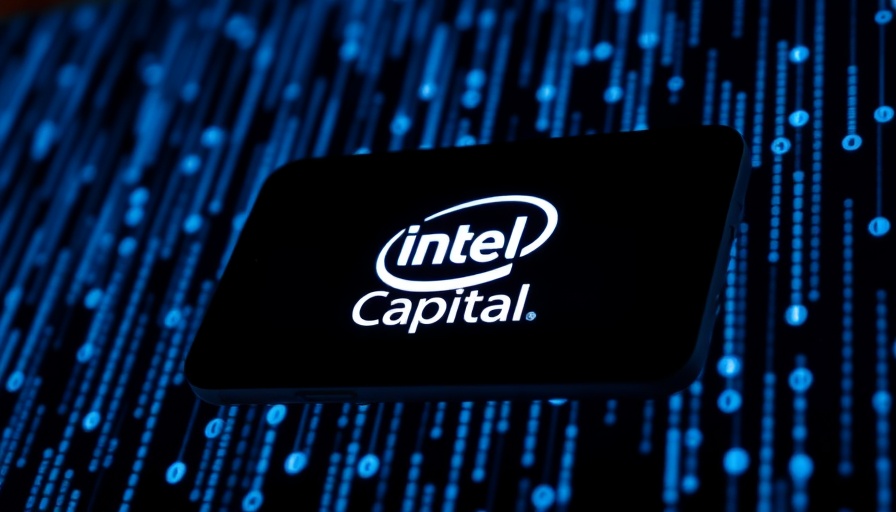
Intel's Change of Heart: A Closer Look at Intel Capital
The semiconductor giant Intel has taken a surprising new direction by deciding against spinning out its long-standing venture arm, Intel Capital. During a recent earnings call, CEO Lip-Bu Tan communicated this reversal, which alters Intel's strategy for its 34-year-old venture capital subsidiary. This decision marks a significant pivot from earlier plans announced in January, where the spin-off was seen as a move to create a more agile investment arm capable of attracting outside investments.
Why Did Intel Consider Spinning Off Intel Capital?
Initially, spun-off discussions were fueled by Intel Capital’s encouraging performance amid a challenging venture capital landscape, where many firms struggled to find exits. Mark Rostick, a senior managing director at Intel Capital, earlier indicated that the firm had successfully navigated the downturn and could stand as an outlier. The intent was to leverage this success and attract external investors while maintaining a partnership with Intel.
Implications for Intel Capital and the Semiconductor Industry
The decision to keep Intel Capital within the fold potentially preserves the company's ability to drive synergies between core business initiatives and venture investments. According to Tan, the focus will now be on monetizing the existing portfolio, which could resonate well within the semiconductor industry seeking to regain its footing amid global supply chain disruptions.
The Tech Landscape Reaction: What Analysts Say
The venture capital community has expressed mixed feelings regarding Intel's decision. Some welcome the clarity as it solidifies Intel's intention to remain engaged in the innovation ecosystem while others lament the lost opportunity for independent growth that a spin-off would have provided. Analysts view this pivot as part of a broader trend where tech giants align their investment arms more closely with their core business goals rather than allowing them to operate independently.
Future Predictions: The Balance of Innovation and Fiscal Health
As Intel navigates this internal restructuring, the implications could extend far beyond its balance sheet health. The decision to remain invested in venture capital could lead to more controlled, strategic investments that bolster both immediate and long-term growth. This balancing act is especially crucial for Intel as it aims to leverage technology trends ranging from artificial intelligence to enhanced chip manufacturing techniques.
Intel's Strategic Shift: Lessons for the Tech Industry
The sudden shift underscores an important lesson in adaptability for the tech industry. Companies must continuously assess the best approach to harness innovation while maintaining financial stability. Finding a balance between aggressive growth through venture capital and prudent financial management could serve as a road map, especially in times of uncertainty like those impacting global technology firms today.
Conclusion: The Resolve in Business Tech News
Intel's decision to keep Intel Capital shows a strategic pivot aimed at stabilizing both their investments and overall financial health. This move may also resonate with other tech giants grappling with similar decisions amidst shifting market conditions. As leaders in the technology sector rally for a more financially sound path forward, Intel's approach could well set the tone in business tech news ahead.
 Add Row
Add Row  Add
Add 



Write A Comment